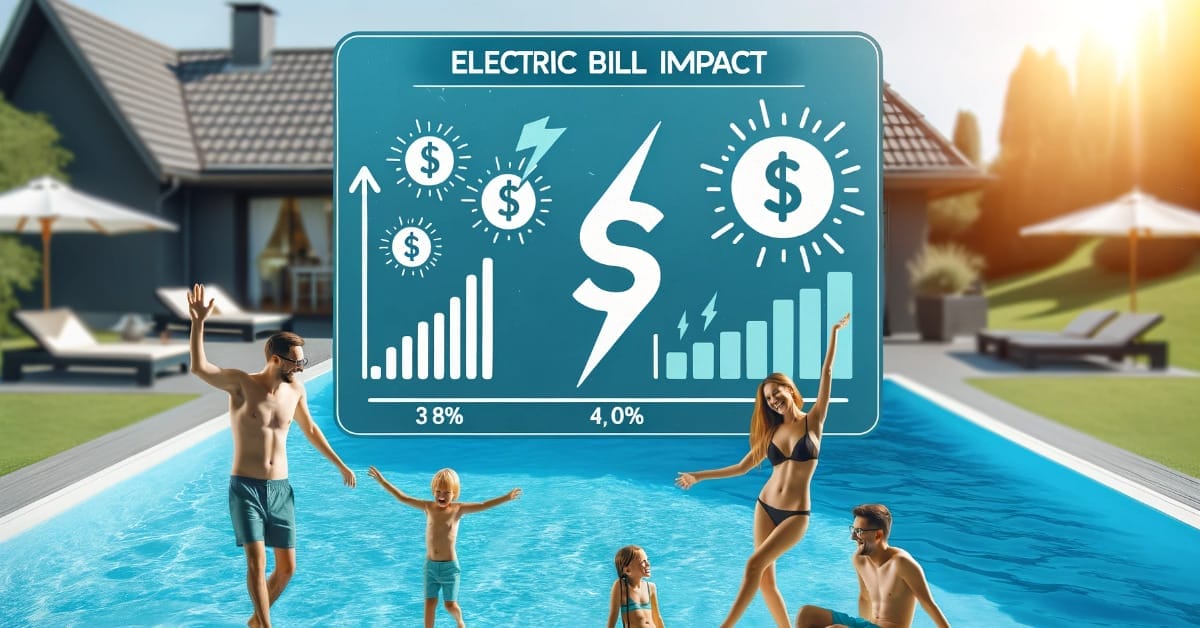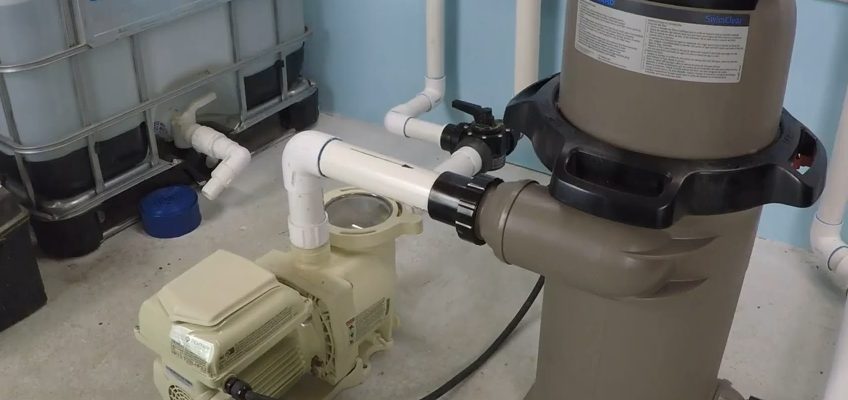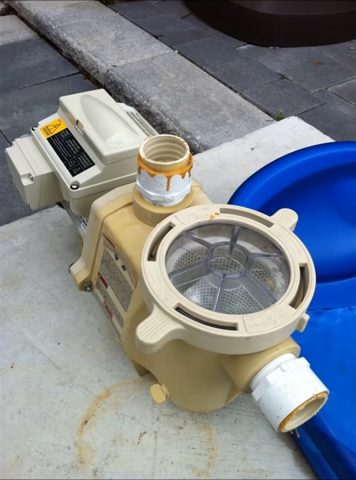How Much Does a Pool Raise Your Electric Bill?

Installing a swimming pool raises the electrical bill; sometimes, the electrical bill may spiral up to $1,500 annually. The size and the type of pump you use to pump water in your pool matter a lot in terms of cost.
As an engineer with practical knowledge of swimming pools, I can easily predict electrical pool bills. If you own a pool or are a prospective owner, this guide will help you to manage the electrical bill.
In general, prospective pool owners frequently wonder how much they will spend per month for electrical usage with their new pool. Such a question makes perfect sense. The long-term costs of a pool should undoubtedly be considered when making a purchase decision. Regrettably, because each pool differs in terms of how much electricity it consumes, the monthly costs can also vary significantly.
Discover more detail below.
What Pump You’re Using?
Every swimming pool uses electrical power differently. For instance, variable-speed and single-speed pumping systems consume different amounts of electrical energy, hence the monthly costs can also vary appreciably.
Pump and Filter System with Variable Speed

Even though keeping them clean can be exhausting and costly, pump manufacturers are becoming more conscious of energy usage.
The monthly bill added to the electric bill would be around $30 to $50 if this two-speed dual-purpose system was used at full speed at all times.
Pumping System with a Single Speed
This type of pump system operates continuously, resulting in a higher monthly electric bill. The single-speed pump system must be operated at a great velocity, which is usually sufficient.
Sadly, the mean monthly cost it can add to the electric bill is exorbitant, ranging between $75 and $150.

Pool Size vs. Power Consumption
The average pool holds approximately 20,000 gallons of water, which is approximately 5,000 gallons more than the average human will drink in a lifetime, and pool pumps consume up to 2,500 kWh annually to circulate and filter it.
So, a larger pool will consume more electrical energy than a small pool due to the increased amount of water to be warmed.
Monthly Power Costs to Run a Swimming Pool
Prospective pool owners frequently wonder how much they will spend per month for electrical usage with their new pool. Such a question makes perfect sense. The long-term costs of a pool should undoubtedly be considered when making a purchase decision.
Regrettably, because each pool differs in terms of how much electricity it consumes, the monthly costs can also vary significantly.
Power Costs for Inground Pool
- A 2-speed/variable-speed pump/filter system costs $30 to $50 per month.
- A 1-speed pump costs $75 to $150 per month.
- Heat pumps cost $50 to $250 a month.
- Inground hot tub costs between $100 to $300 each month.
Two-Speed and Variable Speed Pump Systems (Salt Inclusive)
Lately, pump makers have become more energy- and cost-conscious.
The majority of pool companies now have two-speed and variable-speed pumps as a part of their standard installation.
Most pool owners will run this pump at low-speed 24 hours a day, seven days a week during the summer. That’s a great idea because it enables continual filtration and sanitation.
One-Speed Pump (Salt Inclusive)
Surprisingly, there are still several companies that only install one-speed pumps in new pools.
That gives the homeowner two options:
- Continuously run the pump at high speed.
- Set it to turn on and off at eight-hour (average) intervals.
- As you might expect, both of these options have downsides.
- The average monthly cost is $75 to $150.
Heat Pumps
Heat pumps run on electricity rather than gas or propane. They’re a comparatively efficient method of heating (and cooling) a swimming pool. A heat pump’s size does have an impact. However, the location of the pool and the external temperature have the greatest impact on its electrical consumption.
Monthly costs range from $50 to $250, depending on usage.
How to Customize/Reduce Your Pool’s Electrical Bill
1. Utilize Solar Cover
The solar cover keeps heat from escaping, forcing you to keep the pool heated. When properly installed, the cover increases the heat retention of the pool by up to 75%.
2. Maintain the Pool’s Cleanliness
A clean pool is not only aesthetically pleasing but also healthy to swim in. A tidy pool means less work for the pump and filter, which means less money spent on pool maintenance.
3. Employ a Smaller and Energy-efficient Pump
A bigger pump is more powerful, but there is no evidence that it will perform better. Unfortunately, a larger pool pump will use more energy with huge costs. Get a small and energy-efficient pump for your pool.
Take a look at some of our related articles below.
- How to test pool water for electricity
- What gauge wire for pool pump
- How to test dishwasher circulation pump with multimeter
Video References
Swimming Pool Steve
